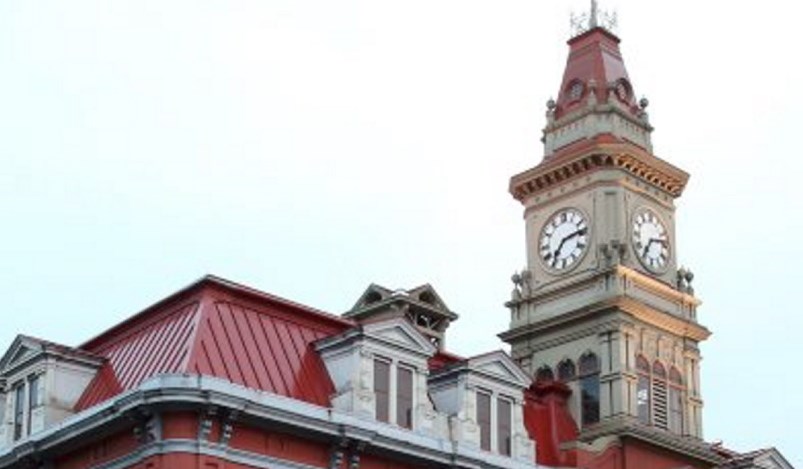Victoria councillors have endorsed a suite of proposals designed to both preserve aging rental apartments and provide more protection to tenants.
The proposals include a bylaw to ensure minimum standards of maintenance for rental buildings with more than four units and a tenant assistance policy that aims to help tenants displaced through redevelopment and rezoning.
The tenant assistance policy would be voluntary for redevelopment of buildings that do not require rezoning.
Several councillors supported the measures as a necessary first step in Victoria’s tight rental market and some even advocated going further by, for example, applying the minimum standards to all rentals including secondary suites, not just apartments.
“This for me is a nice package because it looks at the opportunities we have to protect existing stock and the tenants who live in them,” but it doesn’t erect unreasonable barriers on people who want to build, said Coun. Marianne Alto.
Alto said providing supports for vulnerable tenants is “really, really important.”
Councillors also approved having staff develop incentives to encourage energy and seismic upgrades of aging rental buildings.
Under a proposal for a new standards of maintenance bylaw, rental apartments would have to meet minimum standards including:
• Be free of leaks from plumbing or water ingress.
• Functioning heat and hot water. (Portable room heaters would not be permitted as a primary source of heat.)
• Pest control.
• Fire safety systems.
• Doors, windows, sanitation and electrical facilities, and appliances should be in good working order.
• Good ventilation.
• Elevators must be maintained and operational. Elevators shall not be out of service for more than a month.
Coun. Ben Isitt said he would like to see the building maintenance bylaw apply to all rentals including secondary suites.
But Coun. Geoff Young said he has concerns about the message being sent to landlords — especially if the standards were applied to all rentals including secondary suites.
“We’re going to be sending the message loud and clear that if you have an old rental building, we’re going to make your life miserable,” Young said.
The idea may be that by requiring landlords to maintain buildings to a minimum standard, it will reduce demolition through neglect, Young said. “But I guess a lot of landlords may be tempted to say: ‘It’s not worth it.’ Particularly if they’ve got old buildings and particularly if they’ve got tenants who could be described as vulnerable.”
A tenant assistance policy targeted at mitigating the impact on tenants who might be displaced due to redevelopment or rezoning is also to be drafted.
The policy would be considered supplemental to the Residential Tenancy Act and seek to provide tenants being relocated with the likes of additional notice, relocation assistance, compensation, moving expenses, and reduced rents in a new project.
A consultant’s study has found that 60 per cent of Victorians rent. The city has 679 market-priced rental buildings with 16,733 total units. But the majority of those are getting tired and will need significant repair in the next two decades.
All but about 330 units were built prior to 2000, and 80 per cent of purpose-built rental was built in the 1960s and 1970s.



